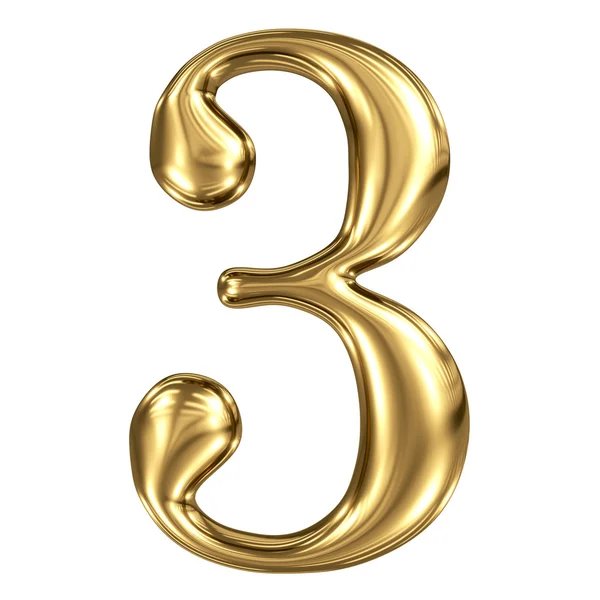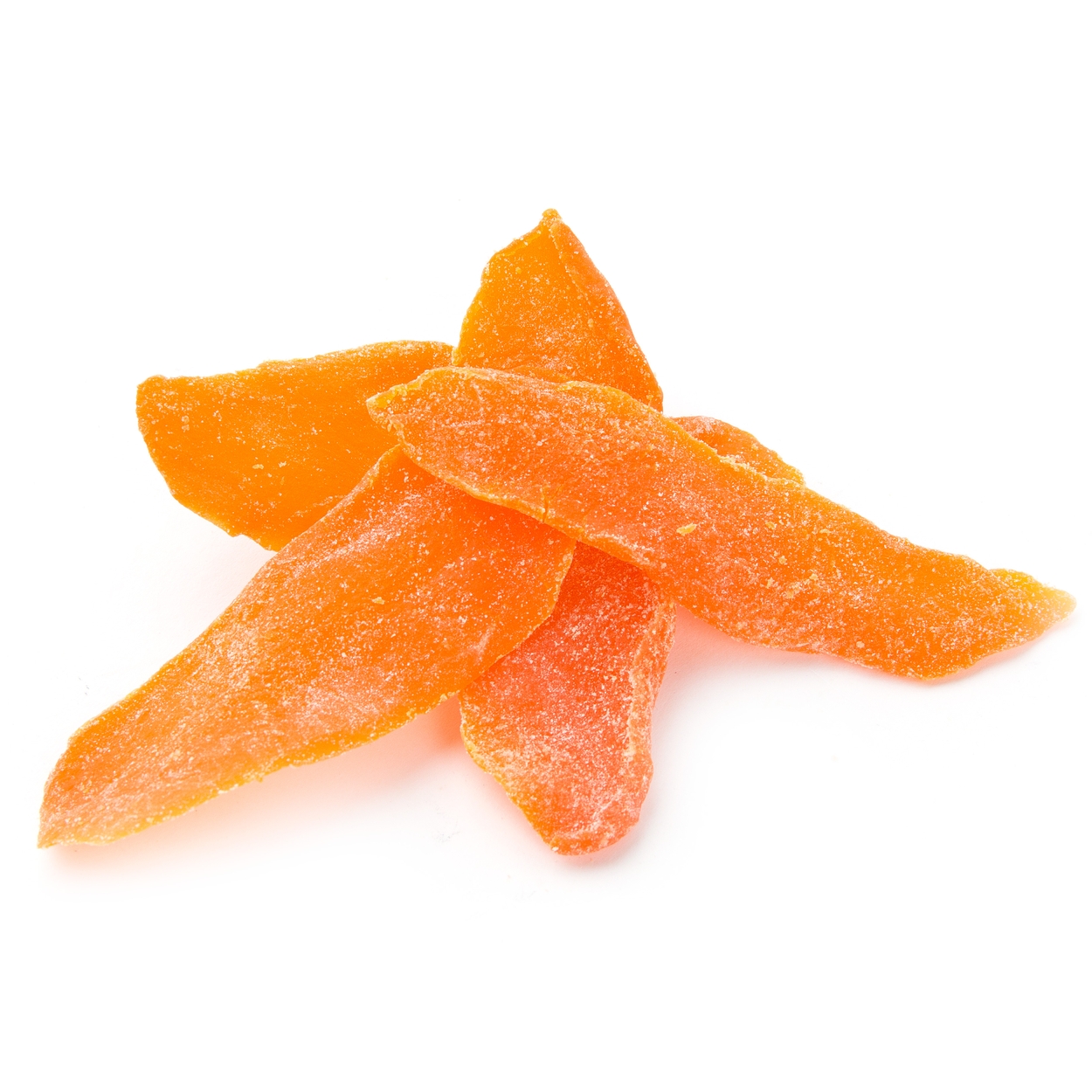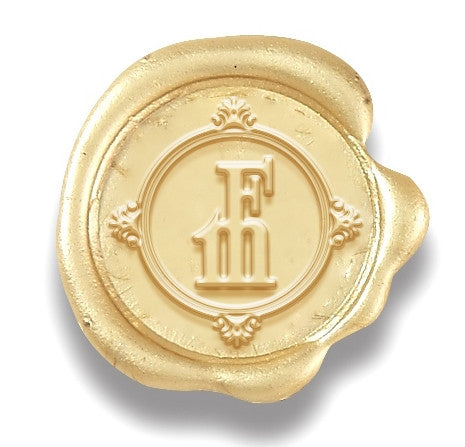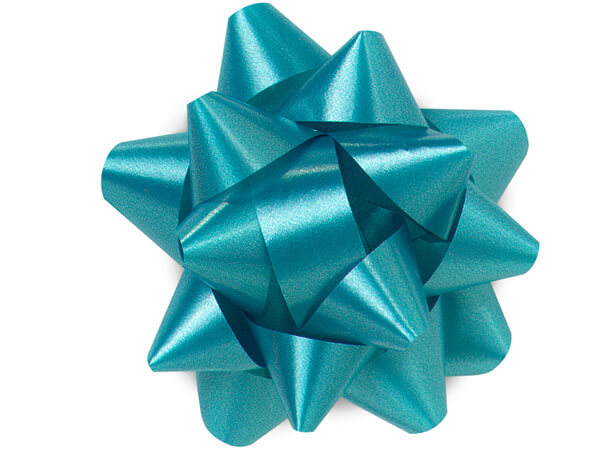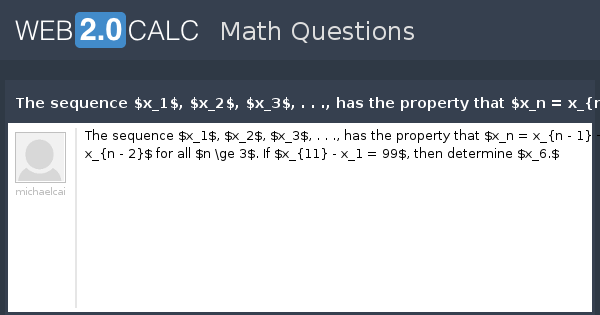
View question - The sequence $x_1$, $x_2$, $x_3$, . . ., has the property that $x_n = x_{n - 1} + x_{n - 2}$ for all $n \ge 3$. If $x_{11} - x_1 = 99$, then
Free Online Scientific Notation Calculator. Solve advanced problems in Physics, Mathematics and Engineering. Math Expression Renderer, Plots, Unit Converter, Equation Solver, Complex Numbers, Calculation History.
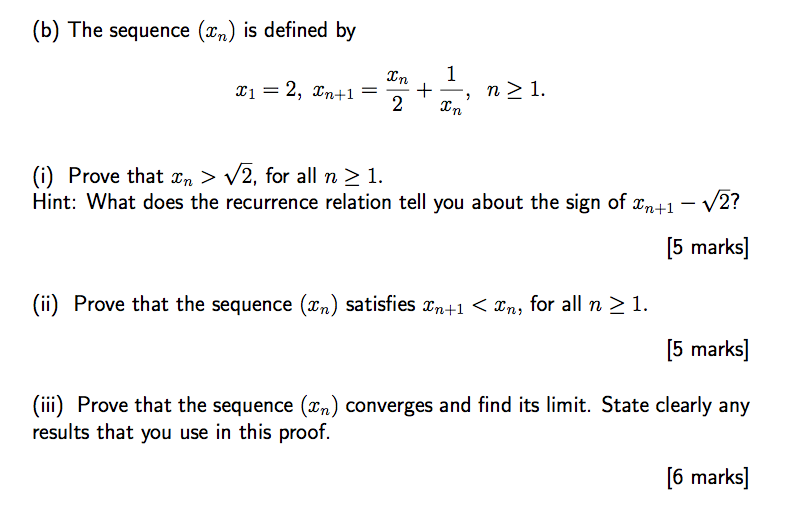
Solved (b) The sequence (x_n) is defined by x_1 = 2, x_n +
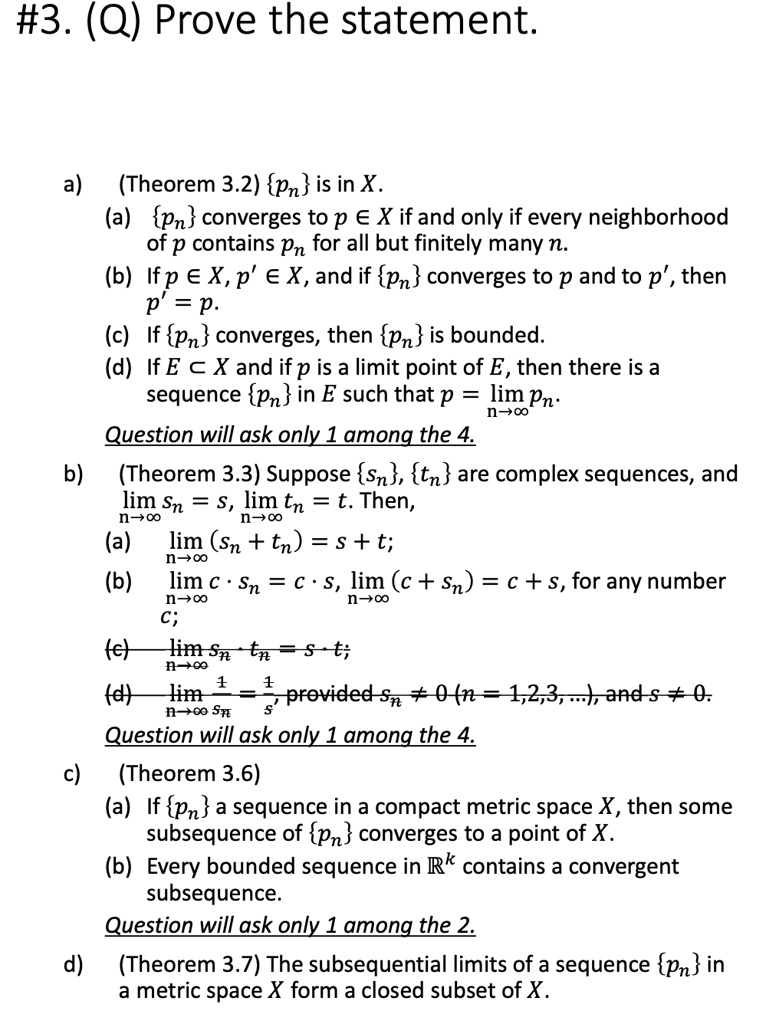
SOLVED: (Q) Prove the statement; a) (Theorem 3.2) pn is in X. (a) pn converges to p € X if and only if every neighborhood of p contains pn for all but
calculus/calculus.tex at master · taterheadted/calculus · GitHub

Solved 6. We say that a sequence (xn) is bounded if ∃M∈R

Solved 5. The sequence (xn) is defined by the recursion
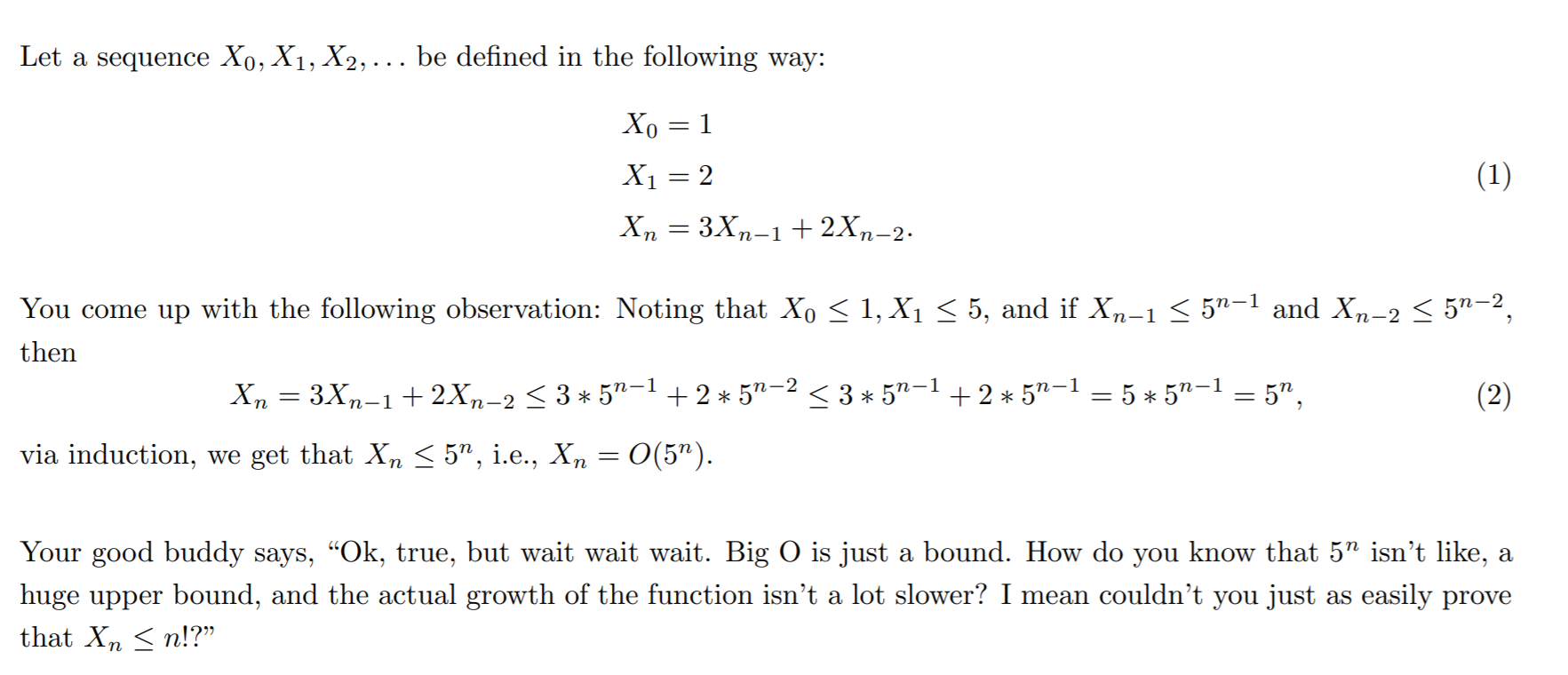
Solved Let a sequence X0, X1, X2, be defined in the
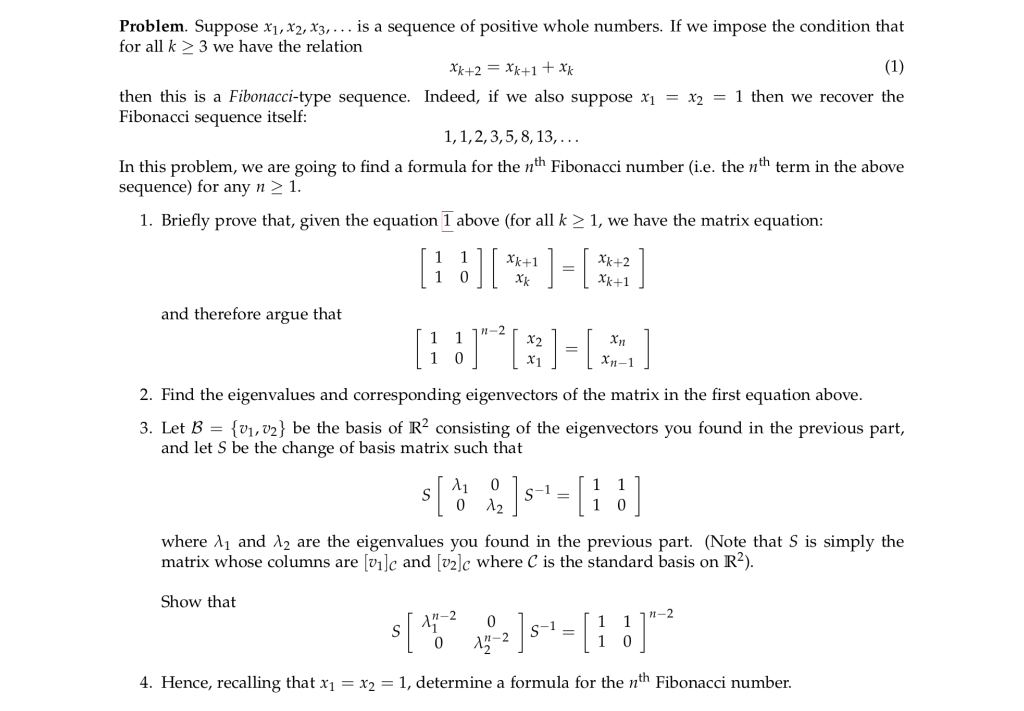
Solved Problem: Suppose x1,x2,x3,..is a sequence of

Solved We are looking at sequences x1,x2,…,x2n such that for
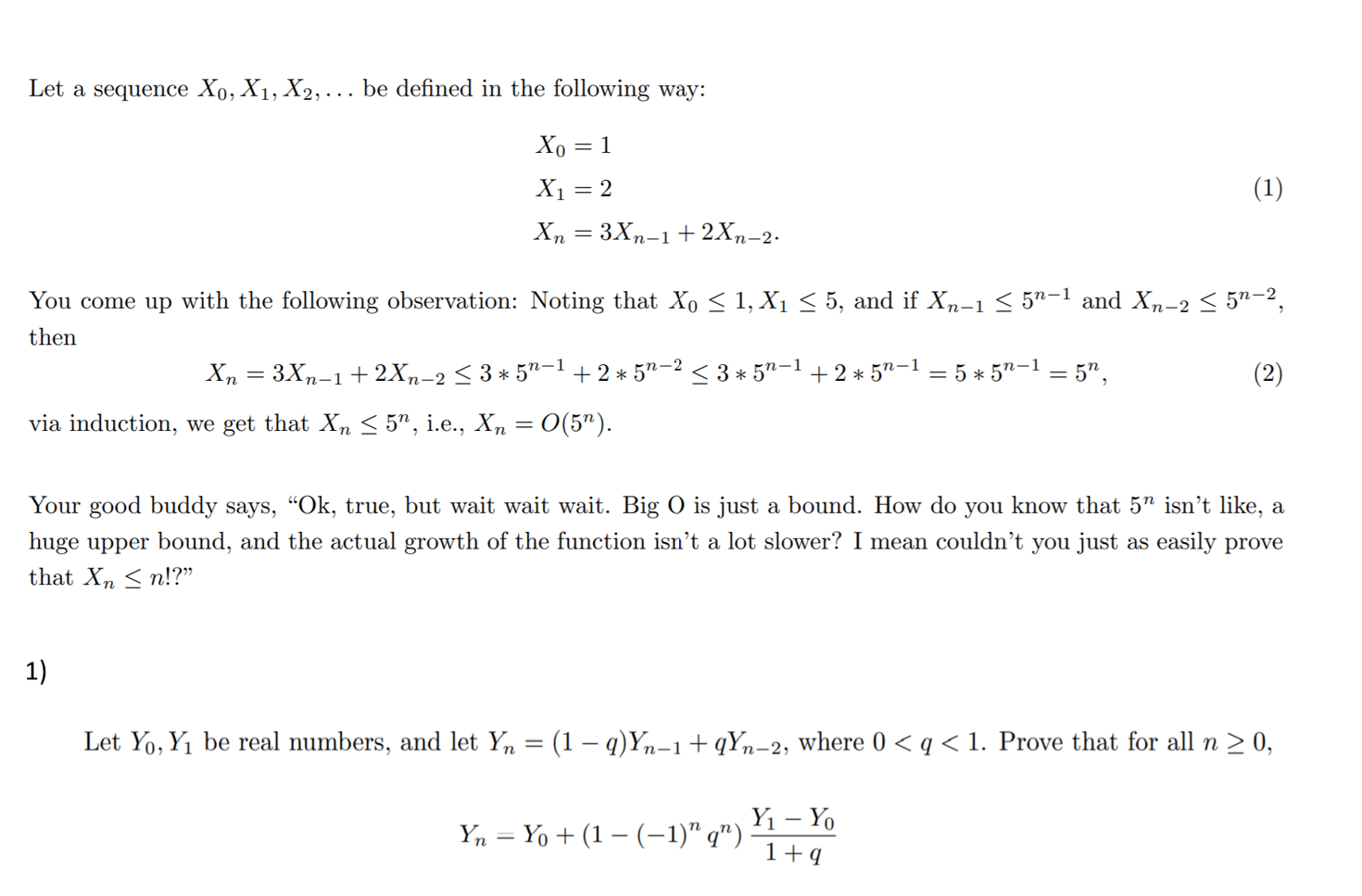
Solved Let a sequence X0, X1, X2, be defined in the
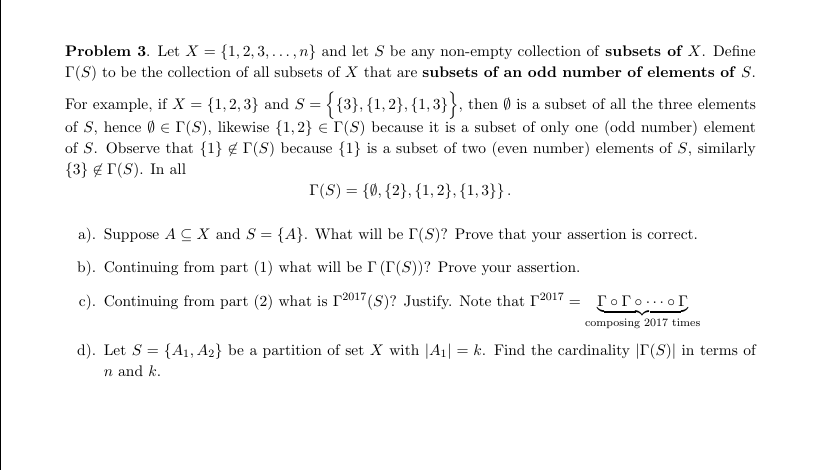
Solved Let X = {1, 2, 3, , n} and let S be any non-empty

Solved 1. Using the technique described in this section

Solved Consider the sequences x(n) = {0, 1, 2, 3, 4), x2 (n)
